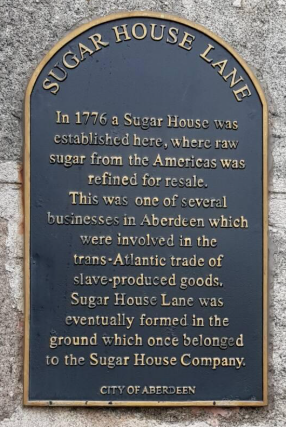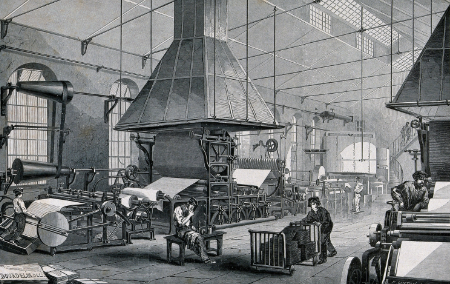A Guide to Newham's Landmarks
- artsandculturalguide
- Mar 13
- 4 min read
Updated: Mar 20

Sugar House Island: Now scattered with a medley of creative arts and cultural spaces, including galleries, dance studios and shared offices, the island, its buildings, and the surrounding canals have fostered over a thousand years of industrial history. The Domesday Book of 1086 mentioned eight tidal mills in the River Lea, making Stratford’s waterways home to some of the earliest tidal mills ever recorded in England. Through the middle ages and into the early modern period, the mills ground flour for the local bakeries, and in the eighteenth century turned to sugar refinery before, finally, turning into a gin distillery. You can visit The Print House or The Rum House for a drink, distillery tour, or even to host your own event. In the 19th century, the island gained its name from a five-storey brick warehouse still standing today [insert image], used to store sugar for the refinery nearby. Today, the building’s modern extensions connect the past with the present, housing office spaces, a gallery, and loft-style apartments.
Alongside its famous sugar refinery and gin distilleries, the island’s surrounding rivers supported textile printing and dye works, while Dane’s Yard, at its north end, led printing ink and paint manufacturing. In his 1876 survey of East London Industries, W.G. Corey wrote that “the tailoring trade to East London is a great boon”. The textile industry was integral to Stratford’s industrial development, and gave employment largely to women; “about 6000 to 7000”, Crory claimed, some of whom were able to earn fifteen to twenty shillings per week with the help of a little girl. He also commented that it was easy for “any person of good intentions and sober industrious habits to get work direct from the manufactory”, which implies that factory work played a critical role supporting local families and communities.
It is interesting to note how Crory spoke of industrial work as a virtuous and moral occupation – a way of keeping the local residents on the proverbial “straight and narrow”. While it is a patronising and narrow perspective entrenched in his contemporary views, it does point to a historical link between local industries and employment, life satisfaction, and prosperity. The decline of industry, which has progressed hand-in-hand with rising gentrification, shows how important this connection has historically been for people in the area. The structural transition from an industrial economy to a cognitive-cultural economy often sees local residents priced out due to the rise of land value, and this process has defined much of Stratford’s present landscape, where Sugar House Island serves as an example. It must be noted that the replacement and repurposing of industrial buildings with art galleries and dance studios reflects the transition of the island’s economy as well as London’s more broadly.
Nevertheless, Sugar House Island’s industrial past can still be seen and felt as you meander through its alleys, look up at the two chimneys, and touch its Victorian red-brick. It is etched into the cobbles, on the docks, and on every street sign named after a different metal. Some of the road names - Copperworks Wharf, Carpet Street, Soapmaker Mews - nod to the Island’s industrial past.

Three Mills Island & Three Mills Green: Three Mills Island (pictured above) is home to West Ham’s last surviving ancient mills, most notably the House Mill, built in 1776, and the Clock Mill, built in 1817. Tidal mills have been a feature of West Ham’s waterways since the eleventh century because of its plentiful supply of water. Sometime in the twelfth century, they were acquired by West Ham Abbey – originally called Stratford Langthorne Abbey – and contributed to its wealth through the middle ages. The Abbey of Stratford Langthorne was generously described by Arthur Philip Crouch in 1900 as “the earliest, wealthiest, most pleasantly situated cistercian house in the country”. The mills could work for up to eight hours in each of the two daily tides, making them some of London’s biggest produ
In 1872, J&W Nicholson & Co purchased the distillery and produced the popular “Lamplighter Gin”, but the House Mill sustained bomb damage during WWII, and by 1952 both Mills had ceased milling. Today, the buildings have been preserved for visitor use and the old machinery will soon be back in working order. The House Mill is run by a group of volunteers at House Mill Trust and regularly welcomes a range of events, exhibitions, and guided tours. The mills’ surrounding buildings which would have operated as the distillery are now owned separately and have been repurposed as the Three Mills Film Studios.
Three Mills Green offers a natural open space to explore on a sunny afternoon. Making excellent use of relics baked into the landscape, the Green is a place which feels steeped in mystery as well as history. We stumbled across a collection of cobbles and stones which looked like ruins at first glance, but after doing some (virtual) digging we discovered some interesting theories; the most plausible claims that they were rubble preserved during clearances of WWII bomb damage in East London. In and around Three Mills Green you can also find wonderful art, thanks to The Line, London’s first dedicated public art walk which follows the Greenwich Meridian from the O2 to Queen Elizabeth Olympic Park.
West Ham Abbey: Founded in 1135, West Ham Abbey – originally Stratford Langthorne Abbey – used to stand on Abbey Road. Although only the name of the road and DLR station, and a small community garden across the railway station called Abbey Gardens remain, this landmark used to be extremely important for the local community. Walter Besan, an English novelist and historian, recorded that the Abbey was a Cistercian monastery until its dissolution occurred in 1538 under Henry VIII, and that no trace of it remains as its stones were taken for other buildings. This being said, however, medieval foundations on the floor of the community garden still stand, which are protected by Historic England due to its medieval and Victorian monastic ruins. If you want to see a relic of the original Abbey, you can also visit the All Saints West Ham Parish Church where they display a stone window and a carving from the monastery.











Comments